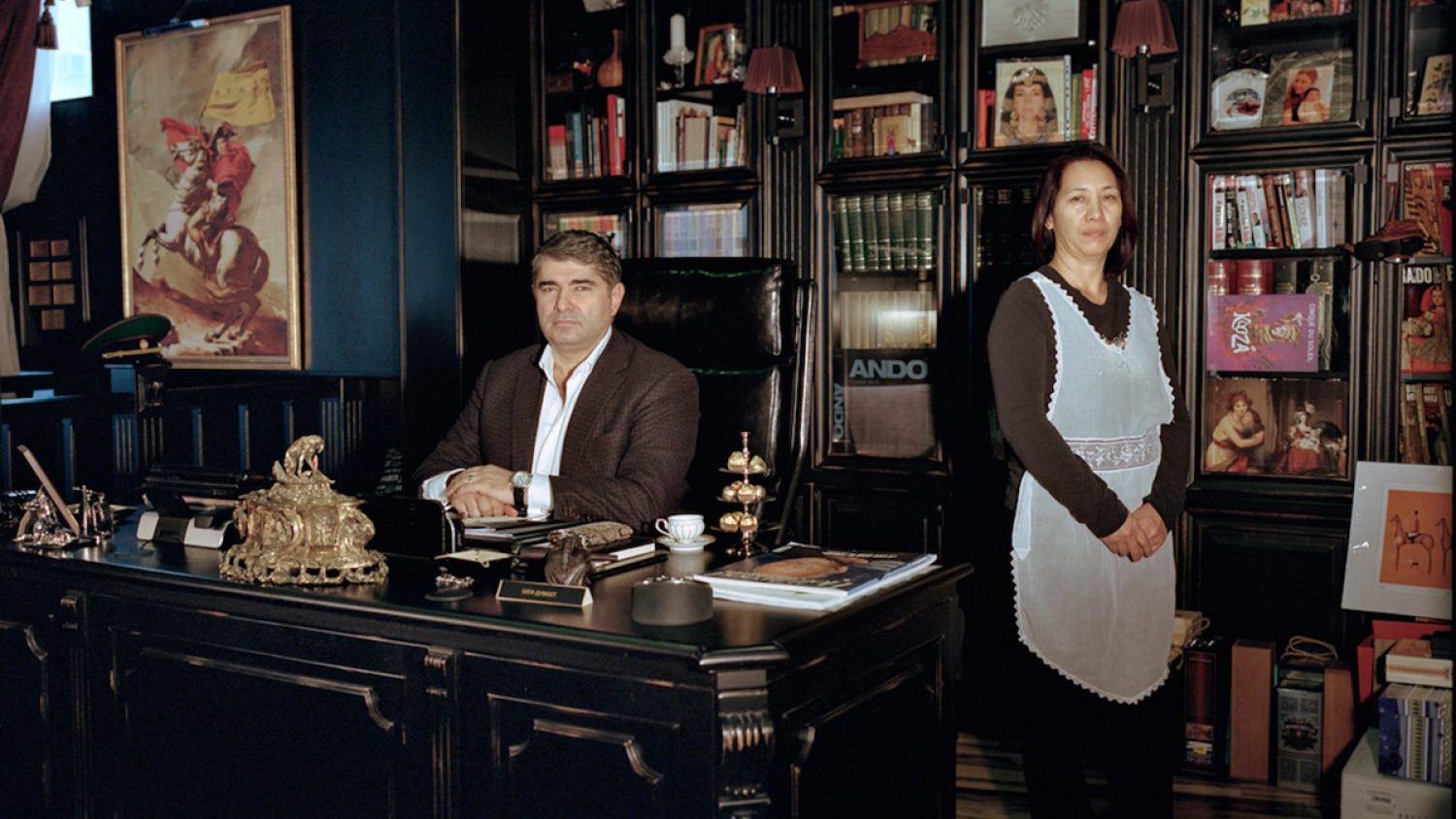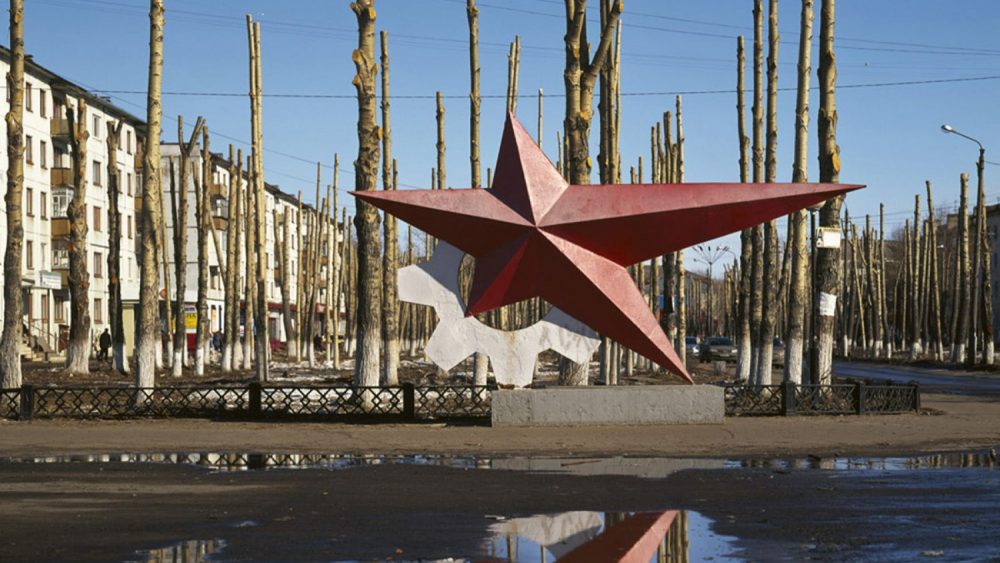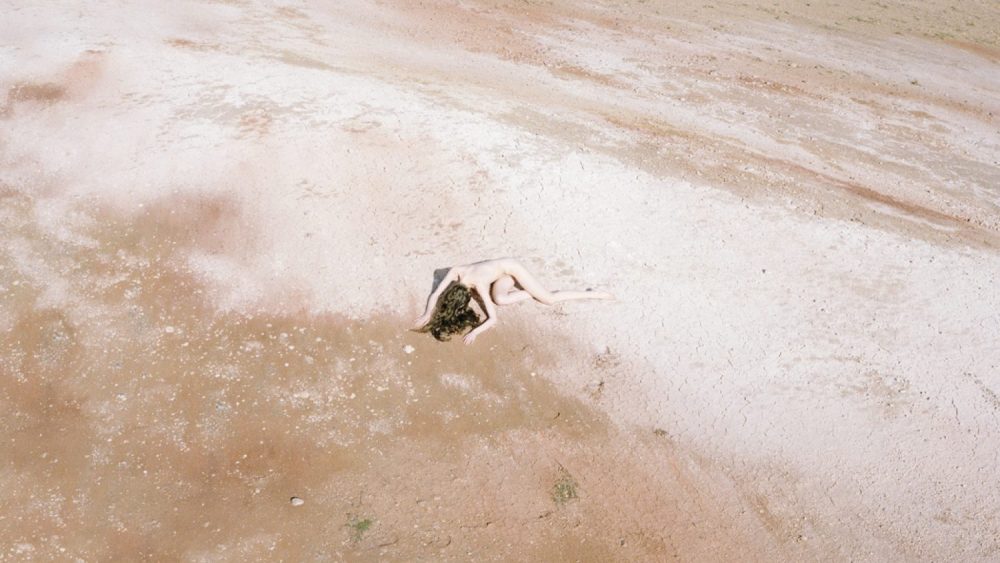Masters and Servants
In the 21st century we see an employer and an employee as the subjects of a portrait; the “request” is implicitly made by the capitalist society, which treats art as an opportunity to define its own status.
The fascination with typology was introduced along with the wide spread of photographic practice. In the 1930s, photo series Face of Our Time by August Sander demonstrated types; personal individuality was inferior to the indication of one’s social position. Today in the capitalist society when the social class division is unobvious or entangled, the tradition of depicting property and power relations continues. We can distinguish neither faces, nor interiors in Lilia’s photos; all that we are left with is the index of relations between individuals and their surroundings. As Susan Sontag says in her book On Photography, camera always conceals more than reveals. The models’ faces are unemotional, dispassionate — just like masks. Indeed, this is not more than a display of social masks — the masks of a master and a servant.
However, the seeming neutrality of the images is a trap. Models are looking straight into the camera. This way, it turns out that the gaze is actually focused on a gazer. Thus, the question of mastery and slavery is rotated for 180 degrees: it is contained not inside the story, but rather pointed at the spectator. What is the spectators’ position — do they want to identify themselves with the masters, or they perceive servants as protagonists, or, perhaps, they see the dominance of commodities and collecting over human relationships? The ambivalence of the photographic manner chosen by the author leaves these questions unanswered.
Lilia Limiyan (1991) is a Turkmen photographer living and working in Moscow since 1991. Formerly a ballet dancer, she turned to photography and in 2010 began studies at the Rodchenko School of Photography and Multimedia. In 2014 she was shortlisted for Kandinsky art prize.


























